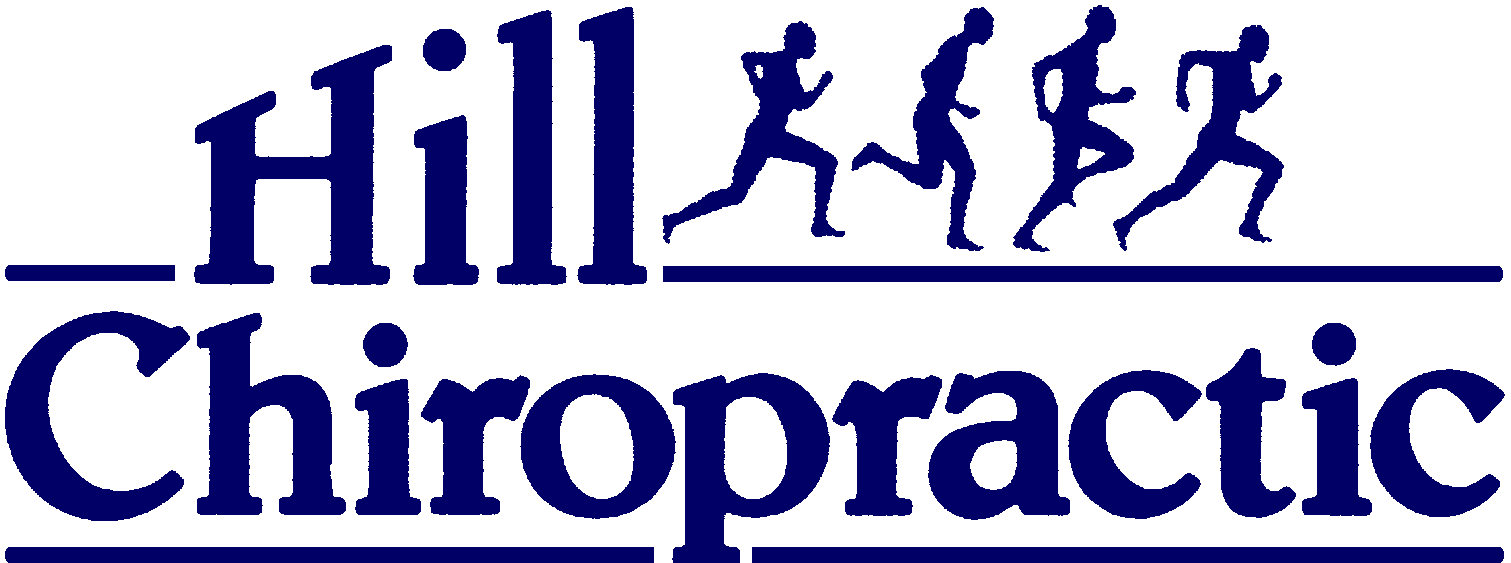Electronic muscle stimulation:
 How does EMS / TENS Work? All muscles are controlled by the nervous system. Spinal problems may cause problems with the way that your nervous system delivers messages to the muscle, making them work too hard. Electronic muscle stimulation and transcutaneous electrical nerve stimulation (TENS) helps by fatiguing the nervous system during the 15 minute treatment, allowing the muscles relax, thus reducing pain and allowing the body to begin the healing process. This is just one of many ways that we can treat your muscle or joint problems.
How does EMS / TENS Work? All muscles are controlled by the nervous system. Spinal problems may cause problems with the way that your nervous system delivers messages to the muscle, making them work too hard. Electronic muscle stimulation and transcutaneous electrical nerve stimulation (TENS) helps by fatiguing the nervous system during the 15 minute treatment, allowing the muscles relax, thus reducing pain and allowing the body to begin the healing process. This is just one of many ways that we can treat your muscle or joint problems.
This 10-15-Minute Electronic Muscle Stimulation (EMS) Therapy Is Used To:
- Reduce pain levels
- Reduce muscle spasms
- Increase blood flow
- Reduce inflammation (swelling)
Spinal Decompression:
 Spinal Decompression can offer a healing relief from back pain. You may want to know whether spinal decompression is the right treatment for you. If your back pain is due to sciatica, herniated disc, bulging disc, slipped disc, pinched nerve, arthritis, lumbar disorders, or chronic back pain; the answer is yes. You are probably an ideal candidate for spinal decompression. If you are suffering from pains due to causes discussed above and prefer to find a non-surgical solution to relief and heal your back pain, spinal decompression is the best solution. Spinal decompression has healed and changed lives of many patients who had given up finding a no risk and effective treatment.
Spinal Decompression can offer a healing relief from back pain. You may want to know whether spinal decompression is the right treatment for you. If your back pain is due to sciatica, herniated disc, bulging disc, slipped disc, pinched nerve, arthritis, lumbar disorders, or chronic back pain; the answer is yes. You are probably an ideal candidate for spinal decompression. If you are suffering from pains due to causes discussed above and prefer to find a non-surgical solution to relief and heal your back pain, spinal decompression is the best solution. Spinal decompression has healed and changed lives of many patients who had given up finding a no risk and effective treatment.
WHAT IS THE THEORY BEHIND DECOMPRESSION? HOW DOES IT WORK?
An experimental study has shown that in non-degenerated, but bulging discs (something your MRI or CT scan would show), decompression can lower the pressure inside the disc. This negative pressure may then draw or suck the displaced disc material more towards the center of the disc and away from your nerves. For many patients this can mean pain relief because a compressed nerve is a painful nerve. If the pressure on the nerve is released, it can begin to heal. Spinal Decompression is designed to assist the body’s natural tendency to heal itself because Mother Nature sometimes needs a little help. If the disc can be moved even a small amount away from the nerve, this can be enough to decrease inflammation and irritation. We need more studies to fully understand why patients can improve when they receive this type of treatment and which types of disc problems respond the most.
Inter-Segmental Traction:
The Spinalator is a form of inter-segmental traction table. The table has three rotating rollers on a triangle that rotates. As this triangle rotates, the roller lifts and separates the segments of the spine. During this motion, the rollers also elevate to increase the level of pressure to loosen tension in muscles to relax the patient before this adjustment. This allows the adjustment to hold for longer.
